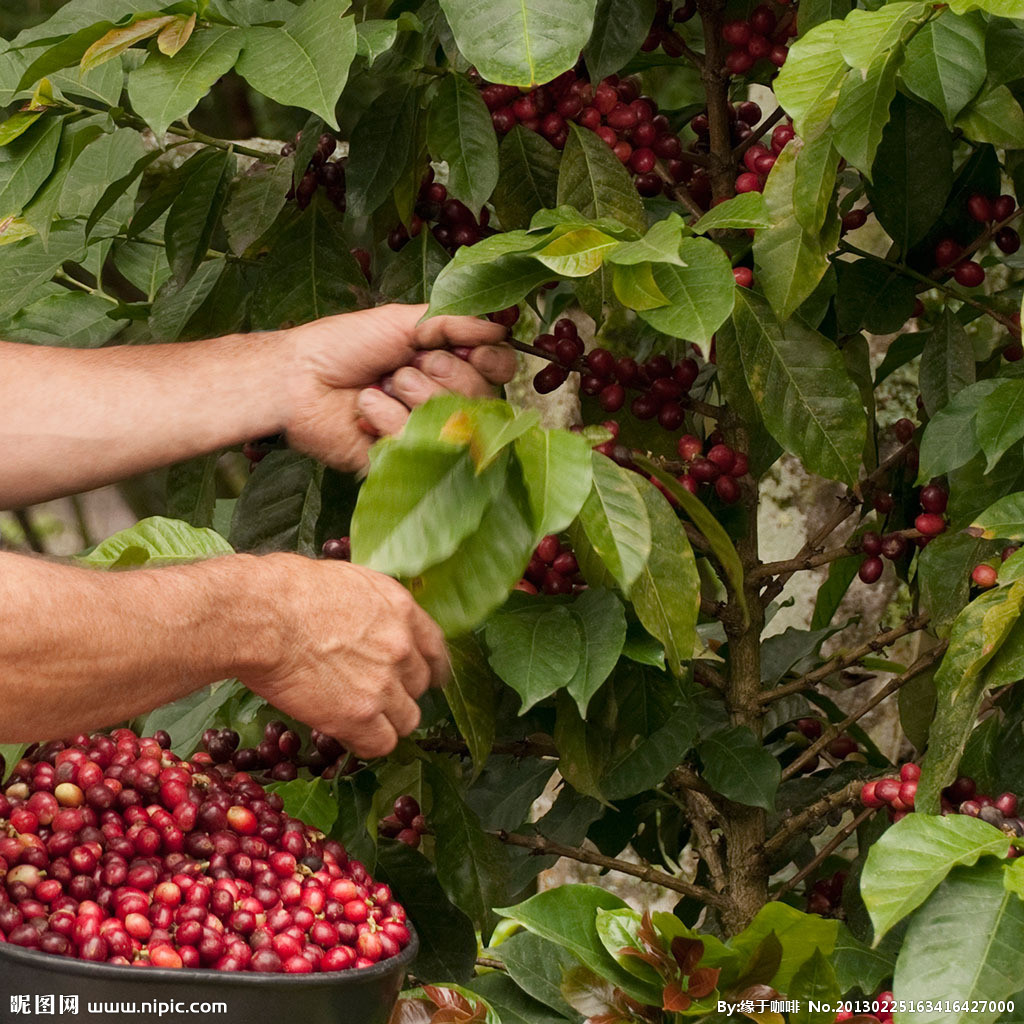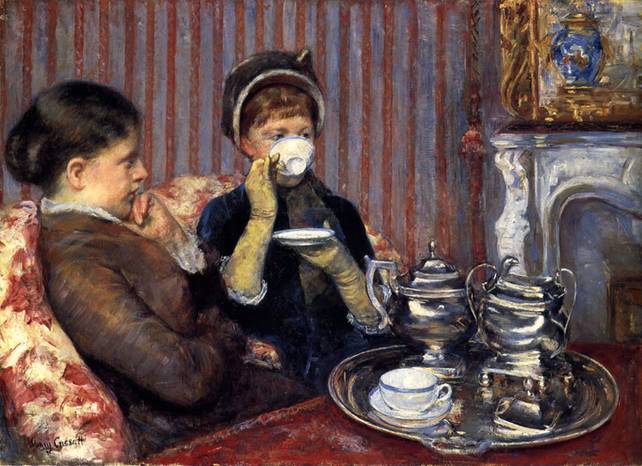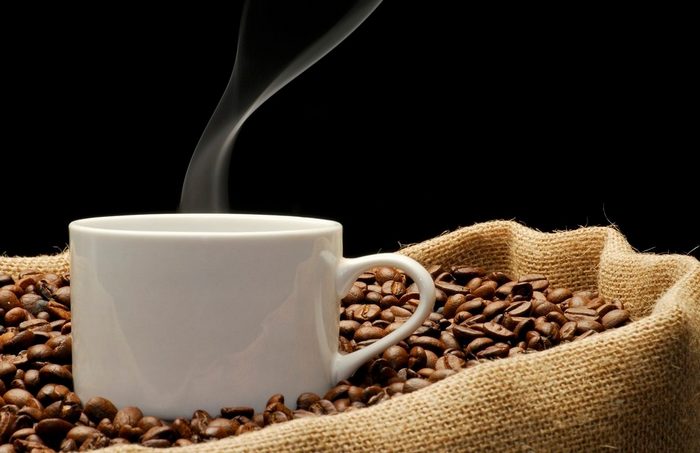Coffee History Coffee planting Coffee how to change the World like Coffee
How coffee changes the world
Coffee, in the form of a hot drink, dissolves into the soil conditions in which it grows and the degree of baking of the fruit; people drink coffee and enjoy its sweet fragrance in bitterness, the boost of thinking, and the adhesive that promotes communication.
As the most popular brain-awakening drug in the world, coffee has a strong cultural attraction, no matter from its meticulous preparation process or its unknown history. Maybe Americans needed a founding father to teach them how to make coffee until Mark Pandgrast published "extraordinary: the History of Coffee and how Coffee has transformed our World (Common Library)" in 1999. Coffee's rich historical heritage and anthropology began to flourish.
In the latest update, Pandgrast paints a beautiful backdrop for the story that takes place on a Guatemalan coffee plantation at 4500 feet above sea level:
I knocked open the pod of a ripe coffee fruit in my mouth and tasted the sweet slime in it. It takes a little work for the tongue to remove the rough peel that protects the bean germ. Coffee beans, like peanuts, usually have two kernels. After spitting out the peel, I finally got two beans. The beans are covered with a fine translucent silver skin. In some places, when there is a lack of boron in the soil, I may find a single nut, which people call peanut berries. Some people think that the flavor of peanut berries is a little more intense. I spit out nuts. They are too hard to chew.
I heard the whole family of other harvesters talking and singing in Spanish. This is a happy season. A year of hard work-pruning, fertilizing, weeding, cultivating soil, and repairing roads and pipes-all boils down to the ripening of coffee beans. I sang a ballad with a few words in Spanish: my dear flower.
However, beneath this romantic picture of the prosperity of the community, there is a grim reality of futile work on this unimaginably labor-intensive crop. This episode, in fact, typically points out the paradoxes in the coffee making process:
The skinny woman carried a surprisingly large bag that weighed twice as much as they weighed eighty pounds. Some women even tie their babies to their breasts with strips of cloth. An adult picker can harvest more than 200 pounds of coffee a day and earn $8, more than twice the minimum daily income in Guatemala.
In Guatemala, the gap between the rich and the poor is significant. The distribution of land is one-sided. Those who do the hardest work do not make a profit. But there is no quick and effective solution to this series of inequalities rooted in the economic system, and there is no alternative to coffee that can be grown in this mountainous area. In many ways, however, workers are more satisfied than their American counterparts. They have a strong sense of tradition and the concept of family life.
While the workers were reaping the harvest, I thought about the ironic fact that once processed, the beans would travel thousands of miles, bringing pleasure to those who enjoyed their way of life. They enjoy a way of life that these Guatemalan workers cannot imagine. In this scene, however, it is unfair to label one group of people as "bastards" and another as "victims". I realized that nothing in this story would be easy.

Important Notice :
前街咖啡 FrontStreet Coffee has moved to new addredd:
FrontStreet Coffee Address: 315,Donghua East Road,GuangZhou
Tel:020 38364473
- Prev

Coffee Story Coffee History Coffee Bean History
Coffee story coffee (Coffee) (the word comes from the Greek word Kaweh, meaning strength and passion. Coffee tree is an evergreen shrub of Capsaceae. Daily coffee is made from coffee beans combined with a variety of cooking utensils, and coffee beans refer to the nuts in the fruit of coffee trees, which are then roasted with appropriate roasting methods. In ancient China, Shennong tasted all kinds of herbs.
- Next

Caffeine Coffee and healthy Coffee and slimming Coffee and Disease Coffee
How to drink coffee in order to be healthy? A friend asked: I heard that drinking coffee is good for your health. I said: yes. He said: then I drink every day, how can I still have diabetes and hypertension! I said, what kind of coffee are you drinking? Instant three-in-one! Damn it! As the saying goes, there are so-called wrongs and debts. In instant solutions, they are all artificial flavor additives, trans fatty acids, preservatives, and sugar. They drink these things every day.
Related
- How did the Salvadoran coffee industry develop in Central America?
- What exactly does the golden cup extraction of coffee mean?
- The Origin of Coffee flower
- [2023 Starbucks World Earth Day] there are more meaningful things besides free Starbucks coffee!
- What kind of coffee is there in Spain? 9 Flavors of Spanish Coffee
- Aromatic African coffee| Kenya's coffee culture and historical production area
- Liberica Coffee Bean knowledge: the characteristics of Liberian Coffee beans of the three original species of Coffee beans
- The origin and formula of Spanish latte introduces the taste characteristics of Bombon coffee in Valencia, Spain.
- How to adjust the solution of over-extracted coffee
- What is the tasting period of coffee beans? What is the period of coffee and beans? How should coffee wake up and raise beans?

